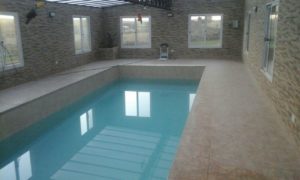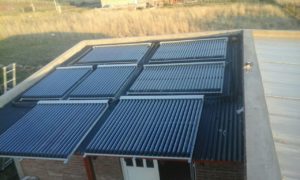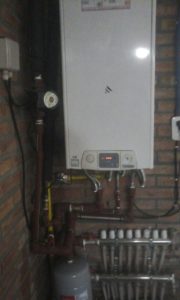The profitability of a photovoltaic system must be analyzed with certain nuances.
The weightiest factor when deciding whether it is feasible or not, is the potential energy savings during their years of life.
In the case of an isolated photovoltaic system, economic factor is not the main determining factor in deciding whether or not installation (electrification of rural areas, marine signaling, energy demand in remote locations, etc.).

Isolated (Off-grid) Systems
Installation can be evaluated for 2 reasons:
1. A range of total supply needed
2. Power grid not reach where energy demand originates
In the latter case you can opt for laying a new distribution line from the nearest point of the overall grid or choose an autonomous system.
When great powers are not needed and consumption is moderate, the option of autonomous generator is more interesting. Obviously, the higher or lower placement solar radiation level is another determinative factor.
In abundant wind areas, a wind turbine or a wind combined with photovoltaic system may be the most convenient option.
In cases where is needed a fairly large power requiring a large number of solar modules while consumption was not high enough to justify the laying of a grid line, the diesel generator can be the best option.
If both budgets (solar isolated and line grid laying) are of similar magnitude (or even laying a grid line is slightly higher), it can be more interesting access to the electricity grid, which will ensure any consumer at any time of year.
Grid connected (On-grid) Systems
It consists of a module field and inverter which can convert DC generated into AC identical to that of the electricity distribution network, to inject energy produced by the modules into the grid.

In return, you can received a contribution (feed-in tariff) established by law for a period which generally ranges between 15 and 25 years.
To realize the economic study should first determine electricity production depending on the sunshine hours of installation location and installed peak power.
Annual electricity production is then multiplied by the contribution is allocated to the project.
Finally a cash flow is prepared detailing revenues (sale of electricity and taxes recovery) and expenses (initial investment, annual maintenance and insurance costs, administrative and financial annual expenses) for the entire period.
From the data obtained the recovery period and IRR of the investment is determined.

The other way is the net-metering.
In this case, the owner of the photovoltaic system can take power from the grid when their system can not provide enough to meet demand, and inject energy to the grid when their system produces above necessary to meet demand.
The solar module prices fell reaching the threshold of U$D 0.50/W Exworks for conventional crystalline silicon modules.
Simultaneously, the price of electricity generated from fossil fuels is increasing annually.
In fact, it is estimated that several European countries will reach grid-parity (equal price between PV and conventional electricity) in 2020.
In developing countries, photovoltaic systems connected to the grid will remain still an expensive option because of the high subsidies electricity generation and distribution receive; limiting their development.
The turnkey price of a fixed installation connected to the grid (modules, support structures, inverters, protections, measurement systems, project costs, installation and administrative permissions) ranges from U$D 2 and 5/W depending on the facility size and location.
You can access content like this in Spanish in the Manual Técnico – Comercial de Energía Solar Fotovoltaica de Sopelia.




















